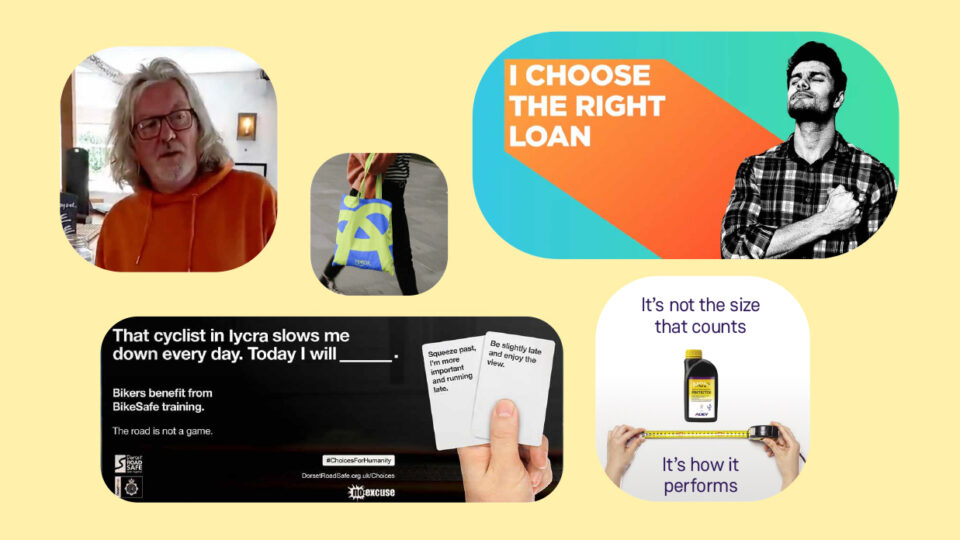
At Fireworx, disruption is in our DNA. It’s more than eye-catching ideas or viral moments, it’s about crafting campaigns that challenge norms and deliver real growth. When done right, disruption drives visibility, differentiation, and sales. When it misses, it can feel gimmicky, off-brand or damages business reputation.
But what makes a disruptive campaign succeed or fail, and what should you consider?
What makes something truly disruptive
Disruptive marketing throws out the rulebook. It leverages creativity, surprise, relevance—and a compelling value proposition, to grab attention and shift behaviour. Done well, it:
1. Challenges expectations – with a twist to
2. Delivers meaningful value – solving problems or selling an aspiration
3. Sparks strong emotions- like Marmite people either love it or hate it
4. Encourages sharing and word of mouth through novelty or authenticity
Disruption needs intent

Disruptive rebrands fuelled by a fear of being “old” or pressure to chase trends often feel hollow. The infamous shift from Aberdeen to “Abrdn” is a prime example. In 2021, Aberdeen Group dropped its vowels to look fresh and digital.
But the result felt inauthentic, stripping a century of heritage without purpose. The move became a distraction and sparked ridicule
Abrdn’s name change was largely picked via internal committee earned zero external buy-in. Rebrand strategies rooted in executive bias often miss the mark. Brands need to sound fresh to the people who matter — customers, employees, partners
The takeaway? Don’t rebrand just to “look modern.” Your brand must evolve in response to real business shifts, changes in strategy, audience, or market positioning. Disruption without clear rationale is risky noise.
Avoiding disruption that backfires
Disruption without clarity or audience insight can flop.
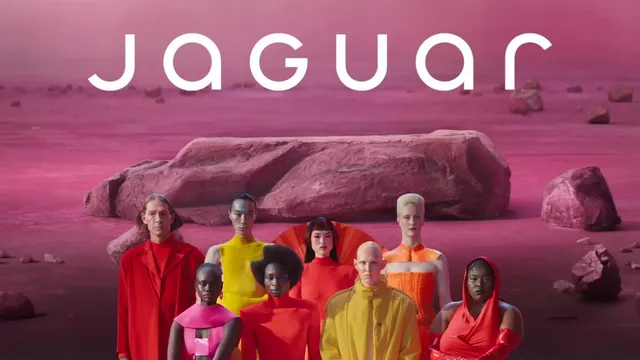
Jaguar launched one of the most disruptive rebrands we’ve seen in years. Aimed at repositioning the legacy British brand in the electric vehicle space, it was bold, sleek and dramatic. But was it smart?
They ditched the iconic leaping cat badge and replaced it with a “double J” monogram. The new identity, built on a campaign of “Copy Nothing”, filled with fashion-led imagery and high-art direction. Looked more luxury lifestyle than car manufacturer.
The intent? To break free from the past and signal a new premium, electric-first direction to a bold new audience.
But here’s where it gets tricky.
A consumer survey showed 42.7% responded negatively to the rebrand. Older, loyal customers didn’t connect. Younger buyers were more open, but Jaguar risks becoming a brand for nobody if it alienates both.
Brand heritage was side-lined
That leaping cat meant something to people. It stood for elegance, performance and British design. Replacing it entirely instead of evolving it left many questioning the brand’s continuity.
Internal pushback surfaced
Reports revealed even Jaguar’s in-house design team opposed the logo change, with concerns about outsourcing brand identity to a third party. Having seen this first-hand with other businesses we can tell you that kind of tension speaks volumes.
Product was hidden but not to support the story
In the teaser campaign, Jaguar didn’t show a car. Not one. Ok that might be acceptable if it was designed to facilitate a larger message as Apple did way back in 1997 with their Think different campaign. Here however, people were left scratching their head, was this an ad for a new fashion line or fragrance? It lacked a story, there was no appeal to a cultural shift or the aspirations of the silent majority. There was simply no clarity, which is a cardinal sin especially in automotive.
Disruptive campaigns done right
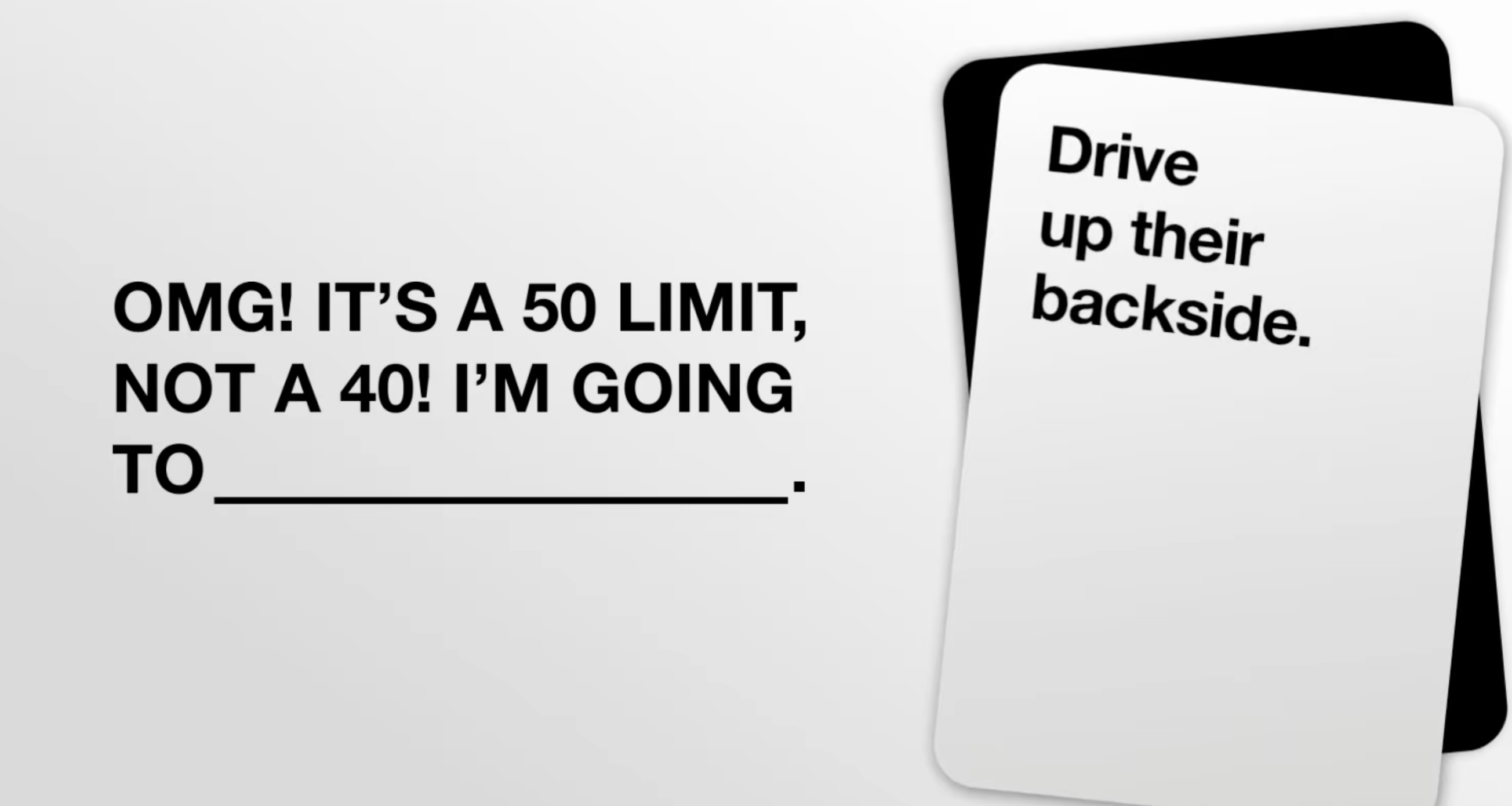
Making the wrong choice can all too often lead to tragedy. This unique campaign, based loosely around the popular ‘Cards Against Humanity’ game, delivered messages in an innovative way to better resonate with road users.
Spotify wrapped: Personal data meets shareable fun
Every November, Spotify’s annual “Wrapped” lets users share quirky data about their listening habits. It’s simple, intuitive, and highly shareable, turning users into brand advocates.
Dollar shave club: Redefining value in razors

Their 2012 YouTube launch disrupted a stagnant market. A $4.5 k video went viral, earned 12 k sign‑ups in 48 hours, and drove a cult following. It was irreverent, on‑message, and value‑driven.
How Does Yours Measure Up: Campaign for ADEY – Fireworx
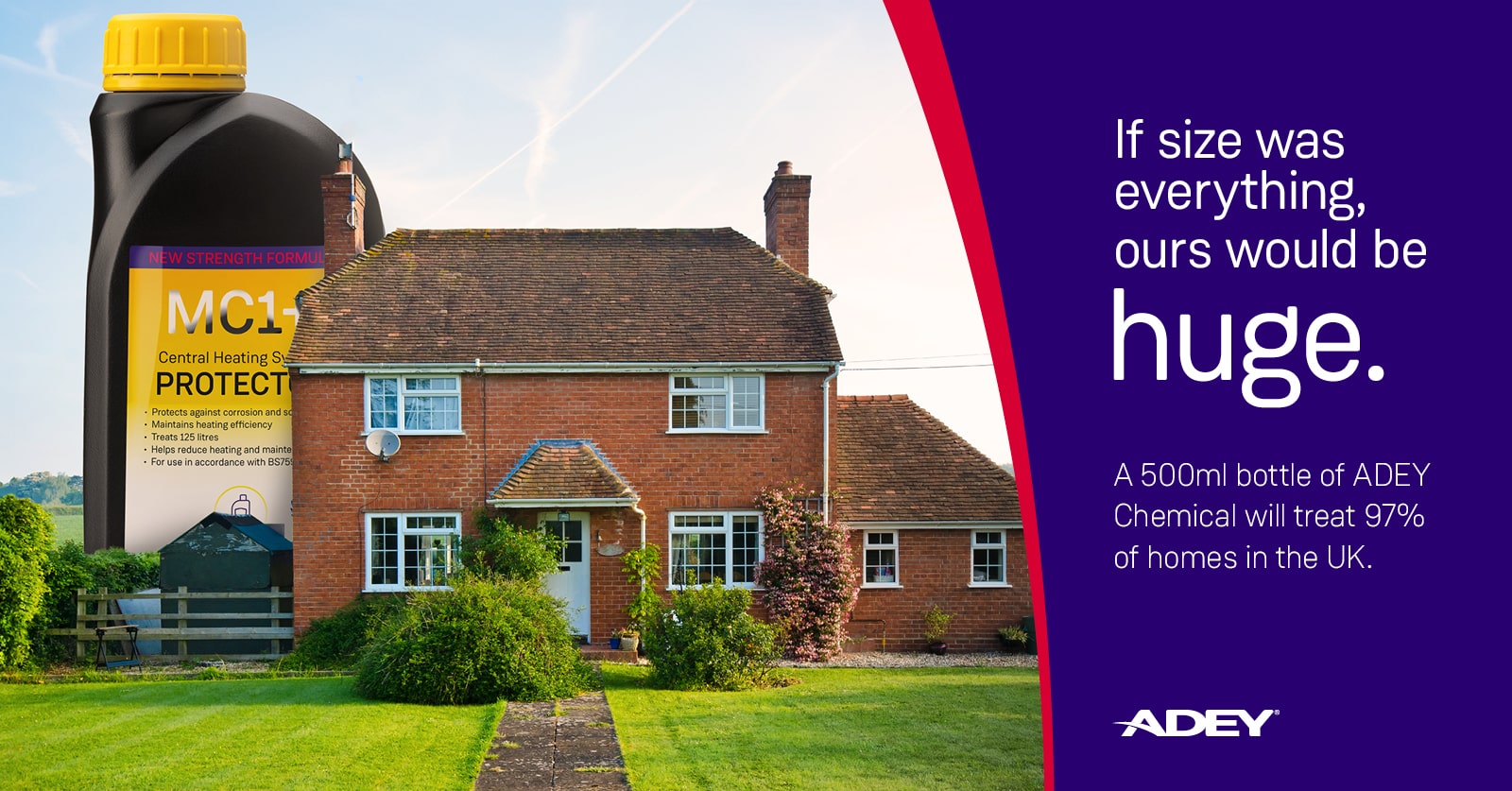
This viral campaign was based on the small but mighty ADEY chemicals bottles that packed a big punch in a small package. The fun campaign reminded customers that it’s not the size that always counts.
Sephora’s AI beauty app: Tech‑powered personalisation
Sephora integrated AI into their app, enabling virtual try‑ons before you buy. The disruption? Turning in‑store assurance into online conversion.
Wepay’s frozen‑money stunt: Turning frustration into a statement
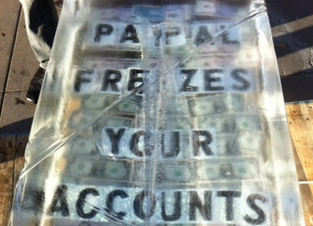
WePay confronted PayPal’s frozen‑account problem by sending a giant ice block with cash to a conference. Visceral, bold—and impossible to ignore.
Coke “Happiness machine”: Surprise‑and‑delight guerrilla moves

A vending machine that dispensed freebies and happiness went viral, boosting engagement and reinforcing Coke’s brand promise.
Lessons from disruptive campaigns
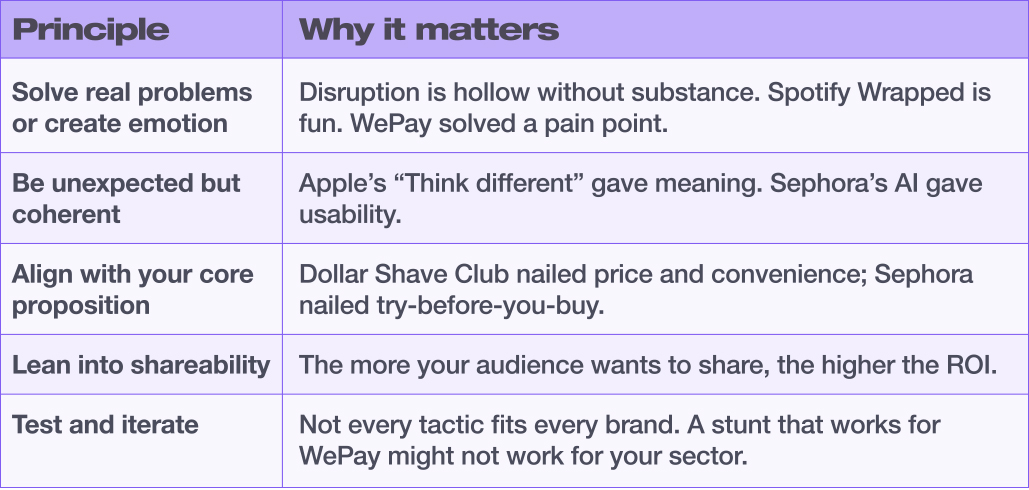
Bringing it home: How Fireworx builds disruptive campaigns
At Fireworx, we believe disruption should:
1. Challenge expectations – but always connect to your proposition
2. Solve a problem – not just sell a story
3. Be built for sharing – make it easy to amplify
4. Ground in insight – know your audience first
5. Measure impact – track beyond impressions to conversions
We’ve helped clients launch campaigns that win press, like our Cards Against Humanity campaign for the Police, the How Does Yours Measure Up campaign for ADEY and the Mightiest Heroes for Custom Made. They created a buzz, and drove more awareness, not because they were loud, but because they were smart, bold, and strategic.
Final word
Disruption isn’t a gimmick, it’s a strategy. By challenging the status quo with intent, you create campaigns that resonate, convert, and linger. From Spotify Wrapped to Dollar Shave Club, the names that nailed disruption understood that creativity alone isn’t enough. You need relevance, substance, and shareable spark.
Want to build a disruptive campaign that changes how people see your brand, and what they do next? Let’s talk.
Because at Fireworx, disruption happens on purpose.



